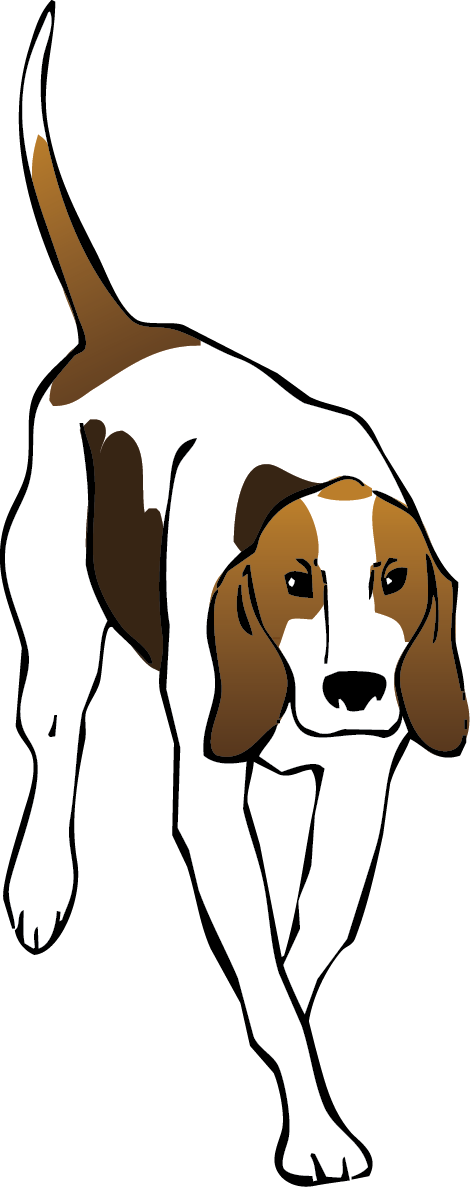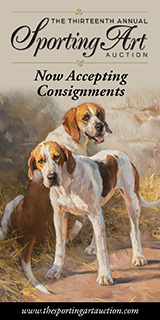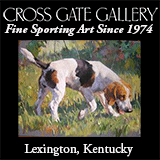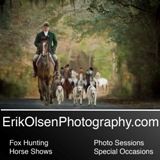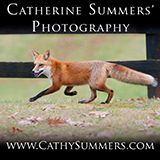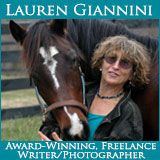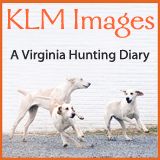The Quorn Hunt
The Blue Birdseye Stock Tie
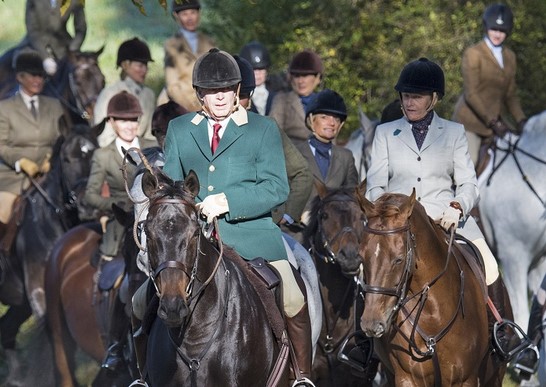 Blue Birdseye stock ties in the field at the Orange County Vixens’ Meet in 2020. / Joanne Maisano photo
Blue Birdseye stock ties in the field at the Orange County Vixens’ Meet in 2020. / Joanne Maisano photo
Six or seven years ago, Foxhunting Life published a story about an attractive item of attire from foxhunting’s earliest days―the blue birdseye stock tie. Eye-catching and colorful, it can be seen in eighteenth-century foxhunting prints if you look closely.
Mostly unknown in North America, the blue birdseye stock tie had long been worn by a stylish and knowledgeable few in England and Ireland. We decided it deserved to be resurrected here as well. So, we located appropriate material and introduced it to North American foxhunters in our shop. It was a hit, and since then, at the start of every new season―strictly for fun―we publish an article of reminder. And the story.
Quorn Members Found Not Guilty
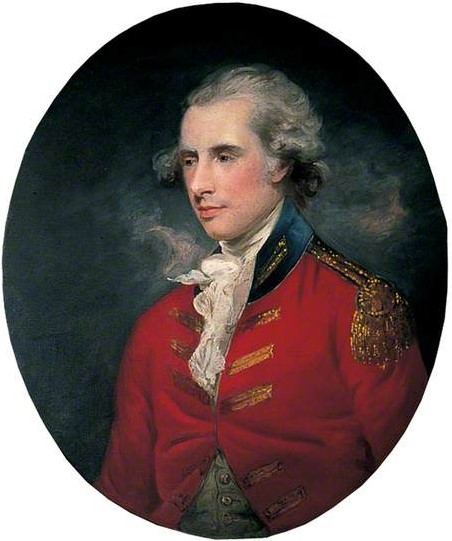 Hugo Mynell of Quorn Hall, Leicestershire, and considered the Father of Modern Foxhunting, was Master of The Quorn from 1753 to 1800.
Hugo Mynell of Quorn Hall, Leicestershire, and considered the Father of Modern Foxhunting, was Master of The Quorn from 1753 to 1800.
Quorn huntsman John Finnegan and his whipper-in at the time, Rhys Matcham, accused of hunting wild mammals with dogs in contravention of England’s Hunting Act of 2004, were cleared of all charges in Leicestershire Magistrates’ Court on August 24, 2021.
The League Against Cruel Sports (LACS) provided filmed evidence to the court from which prosecutors claimed the footage showed "a proper fox hunt going back to the olden days." The incident is alleged to have occurred on February 24, 2020. Finnegan and Matcham denied the charges and entered not guilty pleas in March 2021.
True to the Line, A Hunting Life
Book Review by Dulany Noble
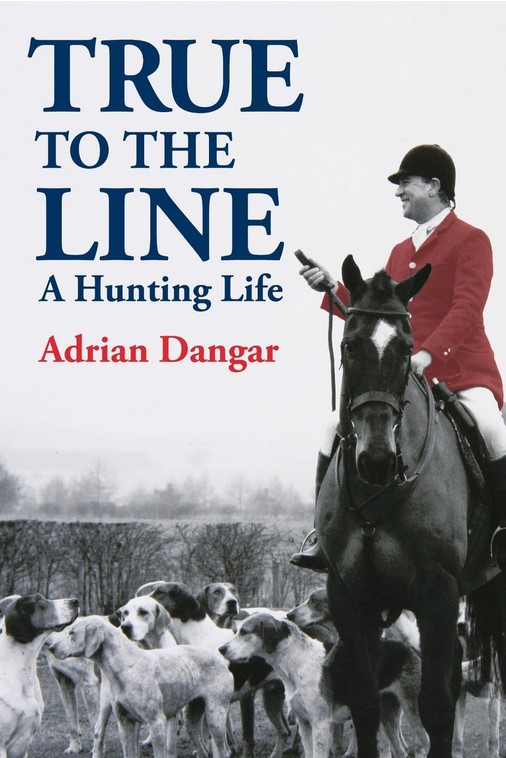 True to the Line, A Hunting Life, Adrian Dangar, Quiller, UK, 2017, Hardbound, $31.50, available at Horse Country Saddlery
True to the Line, A Hunting Life, Adrian Dangar, Quiller, UK, 2017, Hardbound, $31.50, available at Horse Country Saddlery
I looked forward to reading this book by Adrian Dangar because I love stories about foxhunting, and, to be clear, this book is about foxhunting and about hunting all sorts of quarries, not just foxes. It is not about fox chasing. If you are reading this, I am sure you know that foxhunting in England was not strictly for the sport. It was to kill foxes that harm the livestock of the landowners and farmers in the country and to control the prolific fox population.
What Were They Thinking?
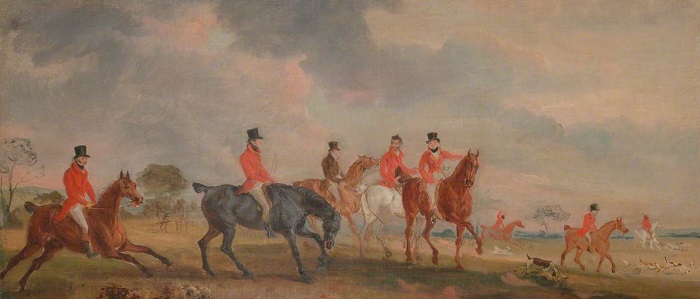 The Quorn by John Ferneley, Yale Center for British Art
The Quorn by John Ferneley, Yale Center for British Art
Quorn huntsman John Finnegan and his whipper-in at the time, Rhys Matcham, have been accused of hunting wild mammals with dogs in contravention of England’s Hunting Act of 2004. The incident is alleged to have occurred on February 24, 2020.
Finnegan and Matcham denied the charges and entered not guilty pleas in March 2021. A district judge ordered both men to stand trial at Loughborough Magistrates’ Court on August 24, 2021. So far, the story matches that of so many other British hunts since the passage of the hated Hunting Act.
Songster: Warhorse, Foxhunter
 Songster and Bert Main, his rider throughout World War I
Songster and Bert Main, his rider throughout World War I
Songster, a small, aged, chestnut horse was called up for duty on the very day after England declared war on Germany—August 4, 1914. The fourteen-year-old gelding, standing just over fifteen hands high, was considered too old and too small for the demands of wartime service, but there he was on Wednesday, parading through Loughborough Market Square in Leicestershire, on his way to France.
Age and size notwithstanding, he brought to the service his character, intelligence, and bravery. Those attributes plus a measure of luck helped him and his Trooper, Bert Main, to survive the three frightful years of war.
Foxhunting and the Point-to-Point
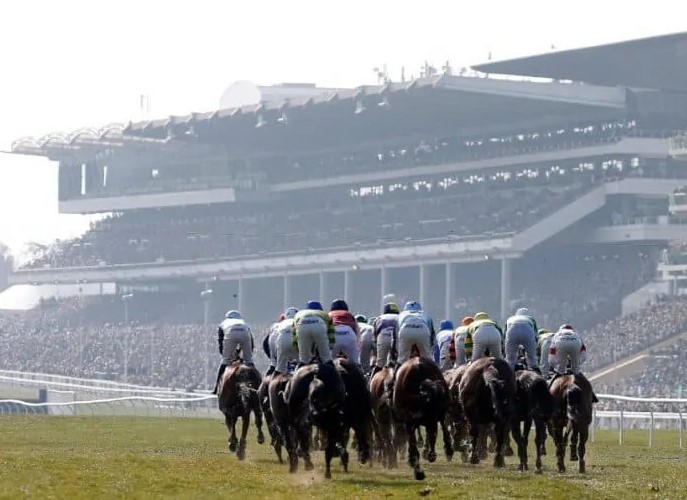 Cheltenham, the Home of Jump Racing in Britain
Cheltenham, the Home of Jump Racing in Britain
What came first, the chicken or the egg is a conundrum that is unlikely ever to be solved. The same question concerning foxhunting and point-to-point racing, on the other hand, is quite simple to answer. We have to go back as far as the fifteenth century and maybe even earlier to discover the origins of foxhunting. In its beginnings, it's likely the same hounds were used for hunting both hares and stags.
It was in the eighteenth century that foxhunting as we know it started to take shape, and for this we can thank Hugo Meynell, the father of modern foxhunting, and his period of Mastership at the Quorn. It wasn't long before the sport became a favourite pastime of the well-to-do crowd.
Squire Osbaldeston: A Sporting Prodigy
Squire Osbaldeston, MFH (foreground) on Ashton, with Sir Frances Holyoake-Goodricke on Crossbow, 1830, hunting the Pytchley in Melton Mobray, Leicestershire, England. Oil painting by John Ferneley
London-born in 1786, George Osbaldeston was a natural athlete. He rowed for various schools that he attended, including Eton and Oxford, neither of which he matriculated. He assiduously avoided academic work, but set high standards for rowdy behavior and was expelled from most of these fine institutions.
He was an outstanding cricketeer, bowling and batting as an amateur in numerous important matches. In 1818, however, he was barred for life from membership in a club as the result of an intemperate outburst, effectively finishing his career in important cricket matches.
Hugo Meynell: The Father of Modern Foxhunting
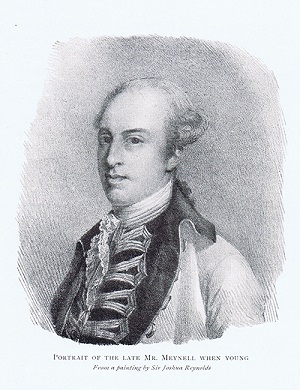 Hugo Meynell is known today as the father of modern mounted foxhunting. In the eighteenth century he transformed a sporting activity which attempted to control vermin with the slow and plodding Southern hound into an exhilarating chase at speed with fleeter Northern hounds and a scientific approach. In so doing, he set the stage for foxhunting’s Golden Age in the early nineteenth century.
Hugo Meynell is known today as the father of modern mounted foxhunting. In the eighteenth century he transformed a sporting activity which attempted to control vermin with the slow and plodding Southern hound into an exhilarating chase at speed with fleeter Northern hounds and a scientific approach. In so doing, he set the stage for foxhunting’s Golden Age in the early nineteenth century.
The great Mr. Meynell, designated by his admiring friends “The King of Sportsmen,” or “The Hunting Jupiter,” earned those titles by the sport he had shown. Without owning an acre of land in Leicestershire (his extensive estates being situated in remoter countries), he carried on [his sport in that] best hunting country in the world.
He considered horses merely as vehicles to the hounds. There are different opinions as to Mr. Meynell’s proficiency as an elegant horseman; but it is never disputed that his progress over a country was, like the whole course of his life, straightforward.
Huntsmen On the Move: 2019
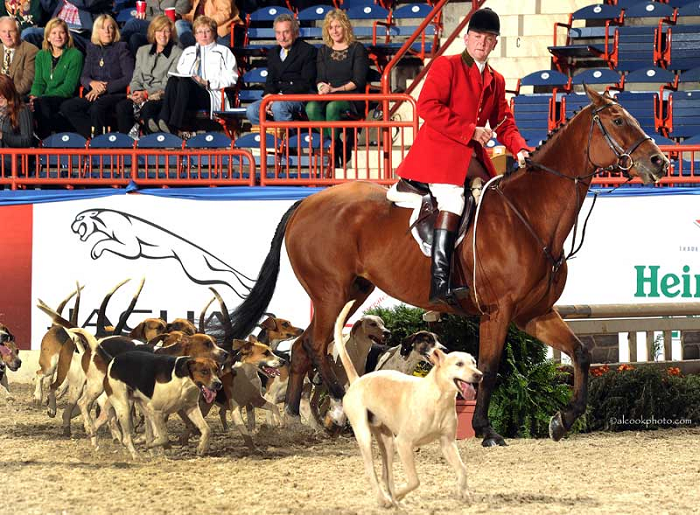 Huntsman Steve Farrin, parading Amwell Valley hounds at the Pennsylvania National Horse Show (2013).
Huntsman Steve Farrin, parading Amwell Valley hounds at the Pennsylvania National Horse Show (2013).
It’s time for our annual report on the recent moves of huntsmen across North America. The huntsman is my hero. From the time we mount up and for the few hours that follow, it is he or she most directly responsible for the day’s sport. How the huntsman has bred, trained, deployed, and communicated with his troops—the hounds—has everything to do with the satisfaction of our day in the field.
The moves have been numerous this season, and, in a two cases, we have experienced whippers-in finally achieving their dream of a pack of their own to hunt. We’ll catch up with Alasdair Storer, Andrew Bozdan, Kathryn Butler, Stephen Farrin, Danny Kerr, Emily Melton, and Timothy Michel.
Meynellian Science
Hugo Meynell (seated), in his later years, with his huntsman Jack Raven and a favorite hound Glider. / Engraving after a 1794 painting by Charles Loraine Smith
The father of English foxhunting was Hugo Meynell, founder of the Quorn, who began hunting hounds from his Leicestershire seat Quorn Hall in 1753. He developed the science of hunting the fox at speed in the open, made possible by the clearing of forests and the enclosure of land.
